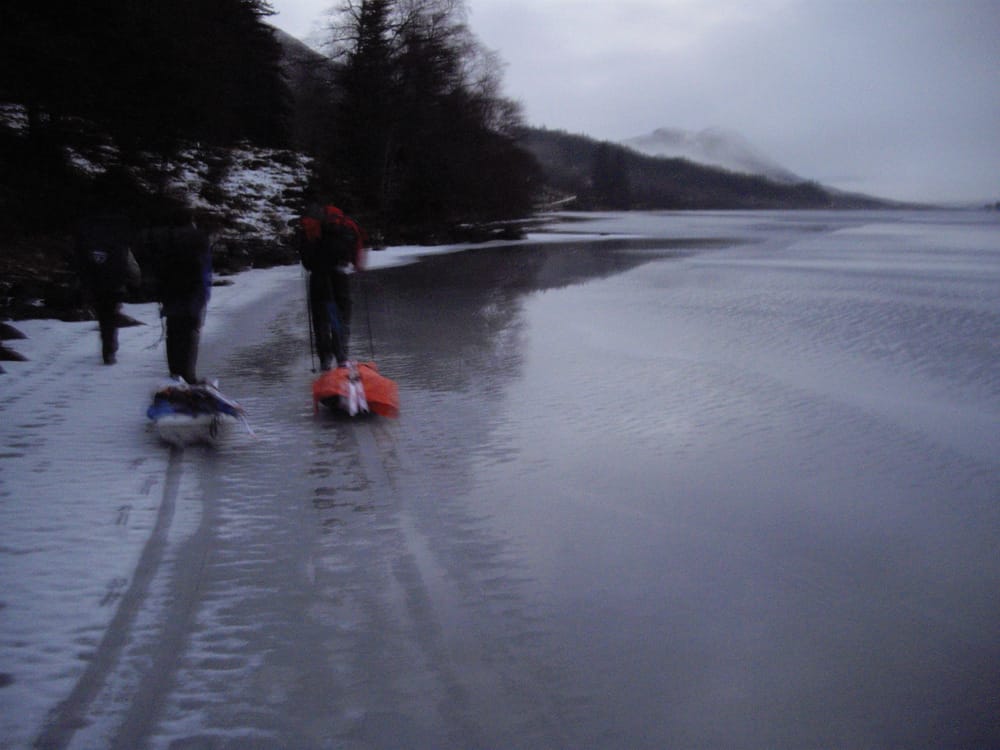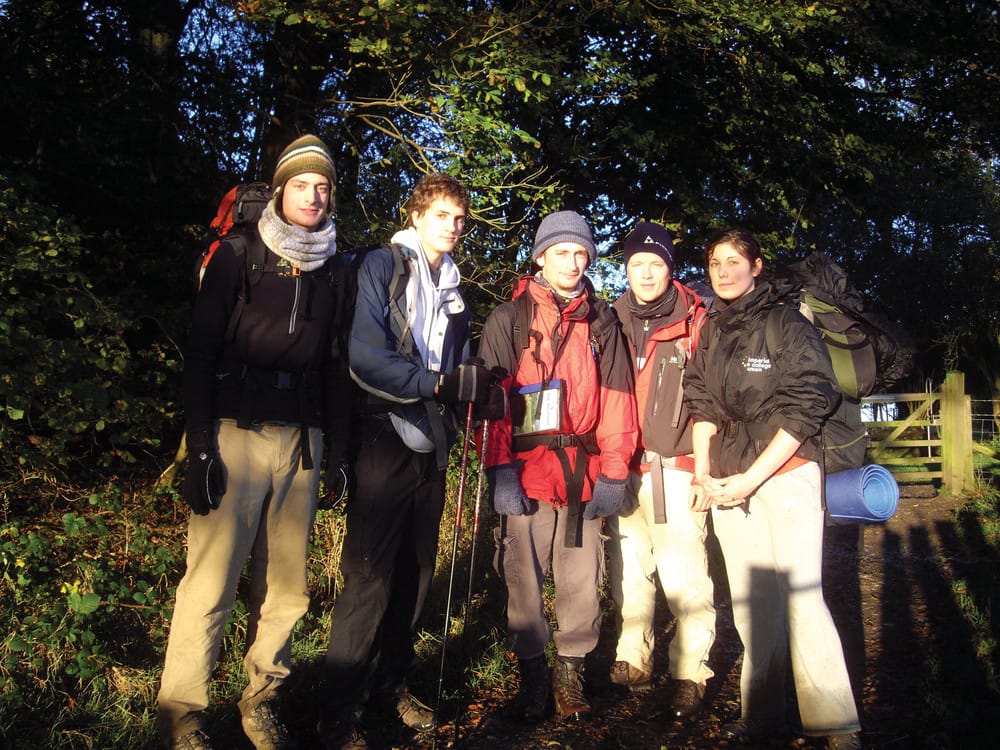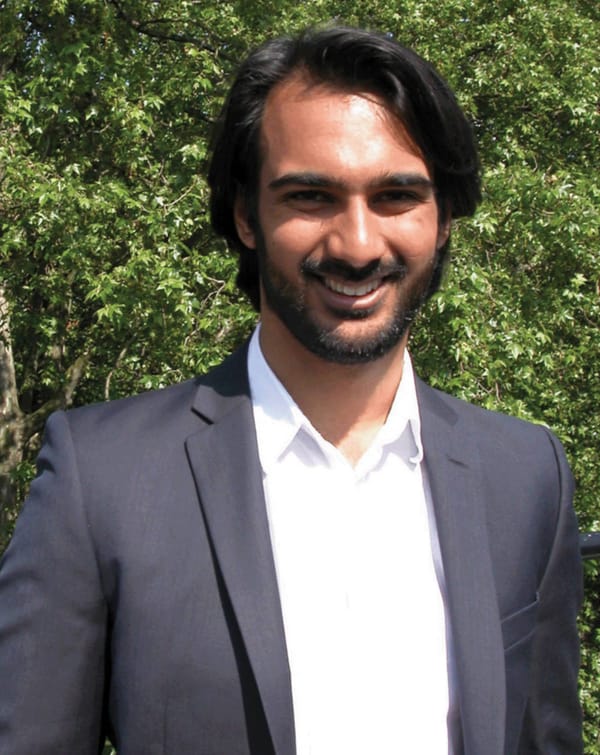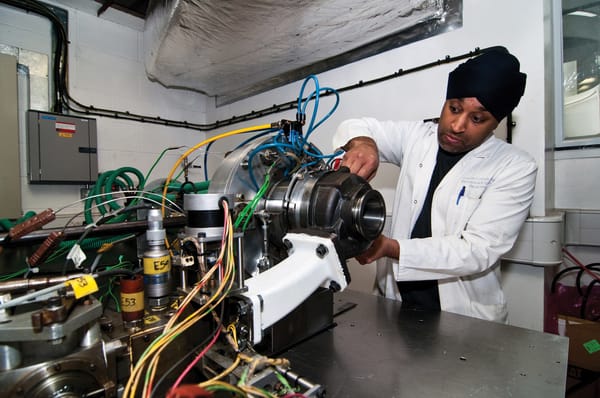Rifles, polar bears, and sub-zero temperatures
Alex Kendall reports on preparations for summer expedition to Svalbard

"So of course you’re going to have to take rifles.”
“What?”
We had gone to see Lorraine Craig, Chair of Imperial’s Exploration Board, about our proposed expedition.
“Rifles. There will be polar bears on Svalbard; they outnumber people. I’ve had them poke their heads into my tent once or twice.”
“Ah, okay… yes we’ll take rifles.”
And so began the process of turning the thoughts that I had during the summer of 2010, into a year of planning and preparation. The aim was an expedition in the summer of 2011 to Svalbard in the European High Arctic, an archipelago of large islands between 78° and 81° North.
None of us are climbers or had any other particularly technical experience. What we can do is walk, and what better place to walk for long distances than over an ice cap. Imperial has seen three expeditions to Greenland in the last 10 years, but the last time an Imperial expedition went to Svalbard was in 1960. Our plan was simple: walk for a long time over Svalbard. The details (how, where and for what reason) were to be worried about later.
Our team of six had the first team meeting. Training started shortly afterwards, twice a week and then one weekend a month. The plan developed – we would be hauling sledges each weighing about 90kg for 350km, aiming to summit Svalbard’s highest mountain Newtontoppen (1717m) and reaching the 80° north line of latitude, which just touches the tip of the main island, Spitsbergen.
At the end of the Autumn term, over New Year’s, we all went to Scotland, camping for a week to practise being cold and hauling sledges. Unfortunately for us it must have been the warmest winter Scotland has had for a while. Temperatures rarely dipped below zero and there was a worrying lack of snow. After hauling the sledges over a high pass above Rannoch Moor, we gave up out attempts at skiing and hauling and decided to set up a base camp and walk from there. This however required us to be close to a pub for the coming New Year celebrations so after a 7km walk along a frozen loch in the dark, the most pathetic petrol fire ever made and a short train journey, we settled down as the only campers in Roy Bridge for the rest of the week.

The episode in Scotland convinced us that skiing wasn’t a good idea and so we are now taking snow shoes and crampons. The rest of the equipment and food list was a mammoth task in itself to purchase and assemble and at the time of writing most of the 400kg of it is sitting in a warehouse in Wandsworth, waiting to be shipped next week. 300kg of that is food, enough for each person to have 4500 calories per day. The food list is extremely important as to have the energy to trek at temperatures averaging -15°C we not only have to eat a lot, but have the morale and desire to eat it. The main meals consist of a carbohydrate with a sauce. Choosing the sauces involved an evening sitting round with about 15 powdered bags of sauce ‘tasting’ them. Most were inedible and were ditched but we have a cosy selection to give us a bit of variety. As well as main meals we have powdered desserts, porridge and raisins for breakfast, and 1000 calories per person per day of snack food.
We’re taking “enough [food] for each person to have 4500 calories per day”
The main difficulty in planning an expedition is trying to understand what it’s going to be like when you get there. The problem is that most expeditions go where no one is really sure what it really is like. The main settlements of Svalbard are well known and we were lucky enough to have met people who have lived and worked there who have been extremely helpful. We have received a huge amount of help from the British Schools Exploring Society who are helping us ship the food and equipment and some brilliant advice from their Leader in Svalbard – “don’t go up that glacier, it’s 100% impassable” (nuff said, we’re avoiding that particular glacier). Most of all though, Imperial’s Exploration Board have been crucial in not only providing us with financial support and advice, but also for putting us in touch with other funding bodies. I was recently asked by the trustee of one trust if we’d like to take his father’s rifle with us to the Arctic as it had been used in the 1930’s to shoot seals.
The skills we needed to learn range from expedition first aid to crevasse rescue to shooting, all of which we’ll hopefully never have to use. It may seem odd to prepare for a year for a month’s travel but the nearer it gets the more exciting it becomes. We leave on August 7 and begin walking on August 10, returning to the Nordenskioldbreen glacier where we started on September 10. Half of that time will be in 24 hour daylight and nearly all of it over ice and snow. Most of the time we will be 1000m above sea level and there are dangers from crevasses, polar bears, frostbite and fog that can last for days. If we reach our 80° north objective and carry on the 7km to the northern tip of Spitsbergen there will be no more land until the North Pole. But after a year I know we’re ready.
So all in all I’m not too worried about the polar bears. Two rifles, a flare gun and four trip wires should be enough. All the preparation means we can concentrate on appreciating the spectacular place we are going to. Jagged mountains covered in ice and snow stretching into the distance; an ice cap hundreds of metres thick that will be our home; the sun in one long set and rise, never quite touching the horizon until late August; and the feeling of being in the wild.









